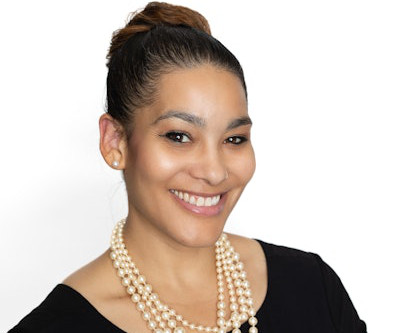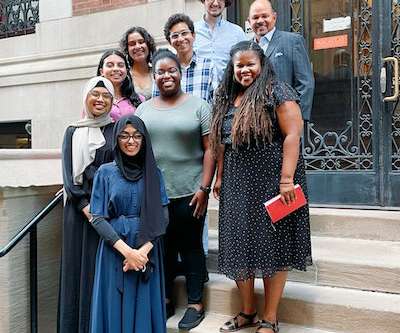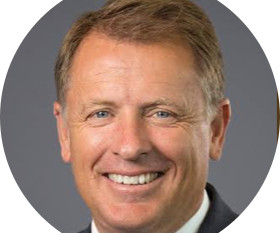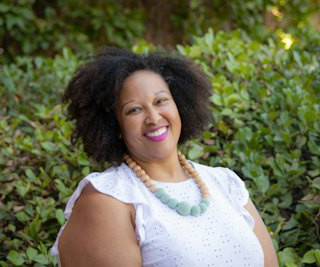Scholar-Practitioner Helps to Promote Inclusivity at Alma Mater
Diverse: Issues in Higher Education
OCTOBER 6, 2024
“I remember riding the bus home from work one day and I saw someone with the Central Michigan University bumper sticker, and so I applied because I recognized the bumper sticker,” says Patterson-Stephens, who graduated in 2003 from CMU with a degree in sociology.












Let's personalize your content